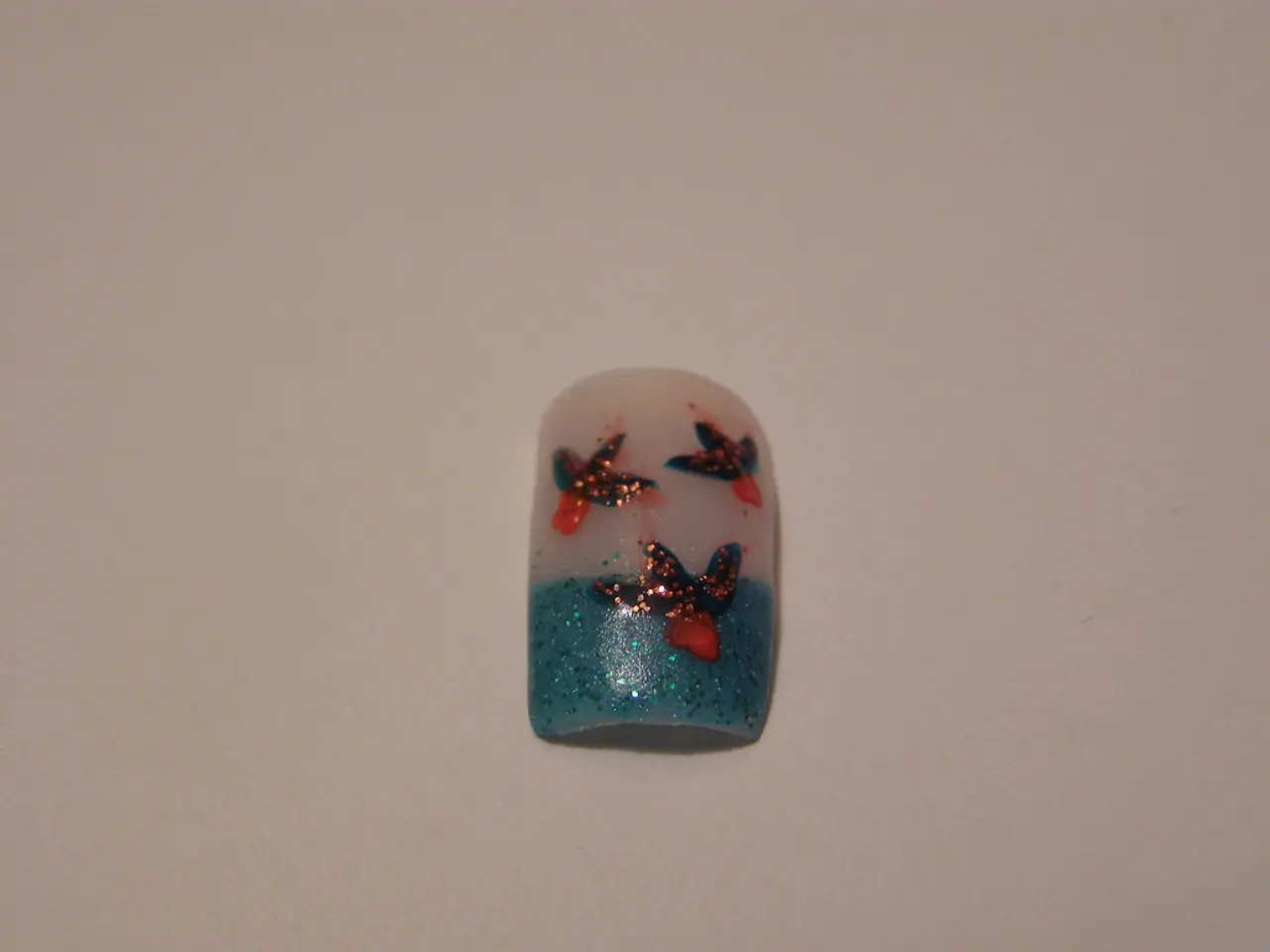Treatment of Nail Fungus with Lasers: Understanding the Process and Expenses
Laser treatment for nail fungus, a common and often persistent condition, has seen significant advancements in recent years. The latest developments mainly revolve around Low-Level Laser Therapy (LLLT) and cold laser technologies, offering improved cure rates, safety, and patient convenience.
One of the most common advanced laser types used is the Nd:YAG laser. This laser offers moderate to high mycological cure rates, nearing 63–70%. Compared to oral antifungals, Nd:YAG lasers provide numerous benefits, including fewer treatment sessions, non-invasiveness, and reduced systemic side effects. This makes it an attractive option for patients contraindicated for medication.
Cold laser therapy, such as the Lunula Cold Laser, represents a significant advancement with reported clinical clearance rates between 79% and 97%. This treatment is painless, requires no recovery time, and avoids systemic side effects. Over six months, about 79% of patients experience significant nail improvement.
Low-Level Laser Therapy (LLLT), exemplified by devices like the FDA-cleared FungaBeam, uses red and near-infrared light to eradicate infection safely without harming healthy tissue. Clinical studies and dermatologist recommendations emphasise its effectiveness, with treatment timeframes noticeably shorter compared to traditional topical therapies.
When compared to oral drugs like terbinafine and itraconazole, laser treatments offer competitive—or in some cases better—efficacy, particularly in patients who cannot tolerate systemic medication. Side effects of laser treatments are generally mild and transient, mostly temporary discomfort or skin irritation, far fewer than those from oral antifungal drugs.
The procedure itself is straightforward. A person sits in a chair with shoes and socks removed, while a technician uses a device to shine light onto each nail in the affected hand or foot. The entire session typically lasts around 30 minutes.
Recovery from laser treatment for nail fungus does not require any special care. However, it is common for people to use creams in conjunction with the procedure. Toenails may take 12-18 months to regrow completely after treatment, while fingernails can take 3-6 months.
It is believed that light penetrates the nail and absorbs the fungus, causing damage or death to the fungus cells. However, the exact mechanism is still not fully understood.
The cost of laser treatment for nail fungus can vary based on clinic, geographic location, equipment used, and number of sessions, with estimates ranging from around $200-700 per session. Despite the cost, the growing popularity of laser therapy for nail fungus is evident, as it offers a safer, non-invasive option with improved cure rates and patient convenience, making it a fast-growing segment within the onychomycosis treatment market projected to expand substantially through 2034.
Early treatment can help improve outcomes, and research continues to support the effectiveness and safety of laser therapy for nail fungus. People with kidney or liver disease, people living with diabetes, and older individuals with medication intolerance may benefit most from this innovative treatment.
- In the realm of medical-conditions, chronic diseases like chronic kidney disease and diabetes are among those that may see benefit from laser treatment for a fungus infection of nails.
- The simple procedure for laser treatment for nail fungus involves a person sitting in a chair, having their technician shine light onto each nail in the affected hand or foot, usually lasting around 30 minutes per session.
- The latest treatment for fungus infection on nails, Cold Laser Therapy, provides improved cure rates, safety, and patient convenience, as seen in the Lunula Cold Laser with clinical clearance rates between 79% and 97%.
- Scientists and dermatologists alike laud the effectiveness of Low-Level Laser Therapy (LLLT), as demonstrated by the FDA-cleared FungaBeam, which uses red and near-infrared light to eradicate fungus without harming healthy tissue, resulting in noticeably shorter treatment timeframes compared to traditional topical therapies.
- Compared to oral antifungals like terbinafine and itraconazole, laser treatments offer competitive efficacy, with mild and transient side effects, such as temporary discomfort or skin irritation, far fewer than those from oral antifungal drugs.
- People with chronic-diseases, who are contraindicated for medication or cannot tolerate systemic medication, may find laser treatment an attractive option, as it provides numerous benefits including fewer treatment sessions, non-invasiveness, and reduced systemic side effects.
- The cost of laser treatment for nail fungus, which can vary depending on factors like clinic, equipment used, and geographic location, ranges from around $200-700 per session, yet its popularity continues to grow due to its safer, non-invasive approach, improved cure rates, and patient convenience.




